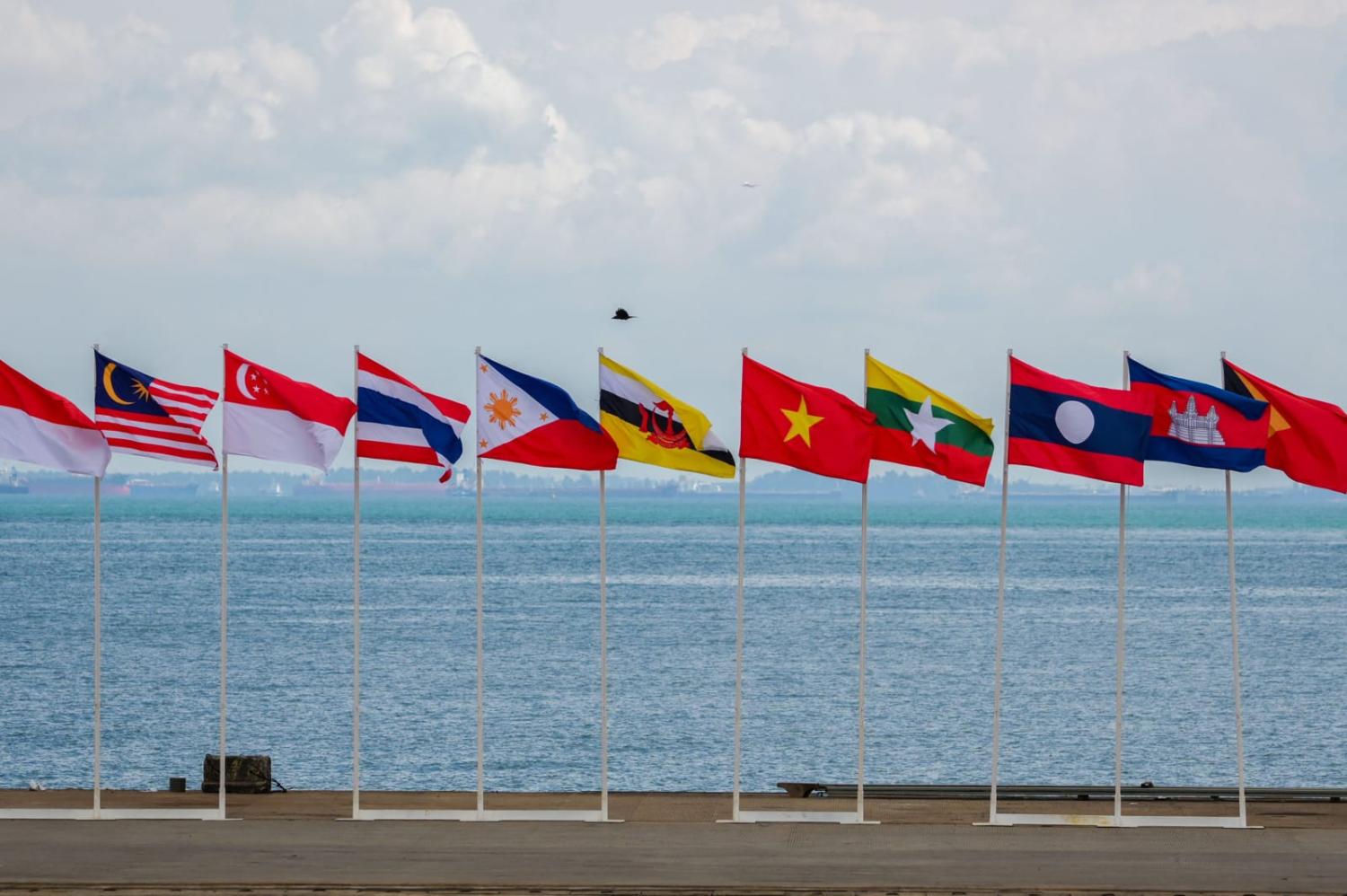It is a cliché to identify China as Southeast Asia’s primary security concern. But it is understandable given the media’s focus on the overlapping maritime claims and tensions in the South China Sea between China and several ASEAN members – Brunei, Malaysia, the Philippines, and Vietnam.
Yet a recent study conducted by a group of researchers, including me, hosted by the National Security College at the Australian National University reveals Southeast Asia’s security concerns are complex and not primarily focused on China alone. Titled “Southeast Asia’s Security Landscape”, the study draws data from interviews with Southeast Asian defence and intelligence officials and policymakers and an analysis of government documents such as defence white papers and arms procurement patterns.
Regarding China, there is a mixed perception by Southeast Asian states as to if, indeed, the rising Asian power is seen as a security threat. For them, China’s rise also provides economic opportunities.
Investments from China allow Southeast Asian states to develop their infrastructure and economy. Take the Jakarta-Bandung High-Speed Railway in Indonesia, for example. It is the first of Southeast Asia’s high-speed railways. China funded the $7.3 billion project as part of its Belt and Road Initiative.
At the same time, several Southeast Asian states view China’s rise as potentially menacing. They are unsure about China’s ambitions and the purpose of its military expansion. Arguably, this is due to the lack of strategic trust between certain states. The study also highlights China’s coercive tactics against other claimants in the South China Sea as a cause for concern for regional states.
At the broader level, the study establishes that Southeast Asian states are anxious about the US-China rivalry. There is a growing unease about the US response to China’s rise and military expansion along with its growing regional presence. Some regional states consider the US freedom of navigation operations (FONOPs) in the South China Sea as serving little interest for them, as their primary concern is to access resources within their Exclusive Economic Zone (EEZ).
Furthermore, several defence officials interviewed in the study consider FONOPs to be an excessive American response to China’s maritime claims in the South China Sea. They are worried the FONOPs may lead to accidental military clashes between the Americans and the Chinese with detrimental consequences to the region.
The study also examines maritime security, given the importance of maritime trade to regional states. Significantly, several regional states do not consider China’s claims and military activities in the South China Sea as their primary security concern. Some are focused on the more pressing security threats closer to home.
The Sulu Sea, located between the Malaysian state of Sabah in Borneo and the southern Philippines, is one such case. The presence of Abu Sayyaf Group (ASG) militants in the southern parts of the Philippines poses dangers to shipping in the area. Furthermore, the Philippines is concerned about foreign terrorist fighters slipping into its southern territory.
Malaysia shared the Philippines’ perception about the security of the Sulu Sea. The primary Malaysian concern is securing its territory in Borneo from further intrusion by Filipinos who laid claims to the Malaysian state of Sabah. Here, the study reveals that concerns regarding the threats posed by this group of Filipinos prompted Kuala Lumpur to transform Malaysia’s defence strategy. The Malaysian Armed Forces was restructured so that, for the first time, the military could simultaneously conduct operations in two theatres – in Peninsular Malaysia and the two Malaysian states in Borneo, Sabah and Sarawak.
Singapore and Thailand, two other regional states with access to the sea, have more pressing maritime security concerns closer to home. The former faces a wave of piracy and armed robbery along the Straits of Singapore, located between the Straits of Malacca and the South China Sea. The Singaporeans concern over piracy and armed robbery is understandable given the incidence of piracy and armed robbery hit a seven-year high in 2022.
Piracy is also a major headache for Thailand. The study reveals that Bangkok is focused on the security of oil tankers travelling from Singapore, which are targeted by pirates supported by motherships manned by personnel from Indonesia. At the same time, the maritime flow of Rohingya refugees from Thailand is another concern for Bangkok’s defence planners.
Maritime territorial disputes between regional states are another area that is often overlooked. For example, Indonesian defence planners pointed out their maritime disputes with Malaysia in the Ambalat Sea near Borneo as a critical concern, as there have been confrontations between Indonesian and Malaysian military forces in that area. Tension was high in 2005 when naval vessels from both sides collided with each other, nearly leading to war between the two parties.
There is a plethora of security concerns facing Southeast Asian states; for many, China is not a primary one. This study is timely given that it is critical for external powers to engage Southeast Asian states meaningfully and appreciate the region’s security concerns, rather than just through a China-centric approach.
A senior Malaysian defence official pointed this out when asked how he viewed major powers’ engagements with Southeast Asia. He replied: “When China speaks to ASEAN, it involves investment and trade. It is a language of win-win for both parties. When the US engages in ASEAN, the main language is conflict and war. Whom will you choose?”

